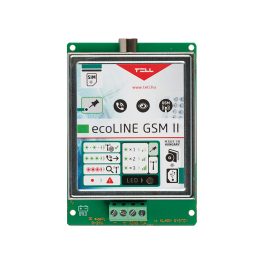Your cart is empty.
Click here to purchase!
GSM communicators
Contact-controlled and line-adapter communicators, which transmit the signals through GSM voice call or/and in SMS to users. They perform the communication towards the remote monitoring station with Contact ID protocol, through GSM voice call.
Filter

